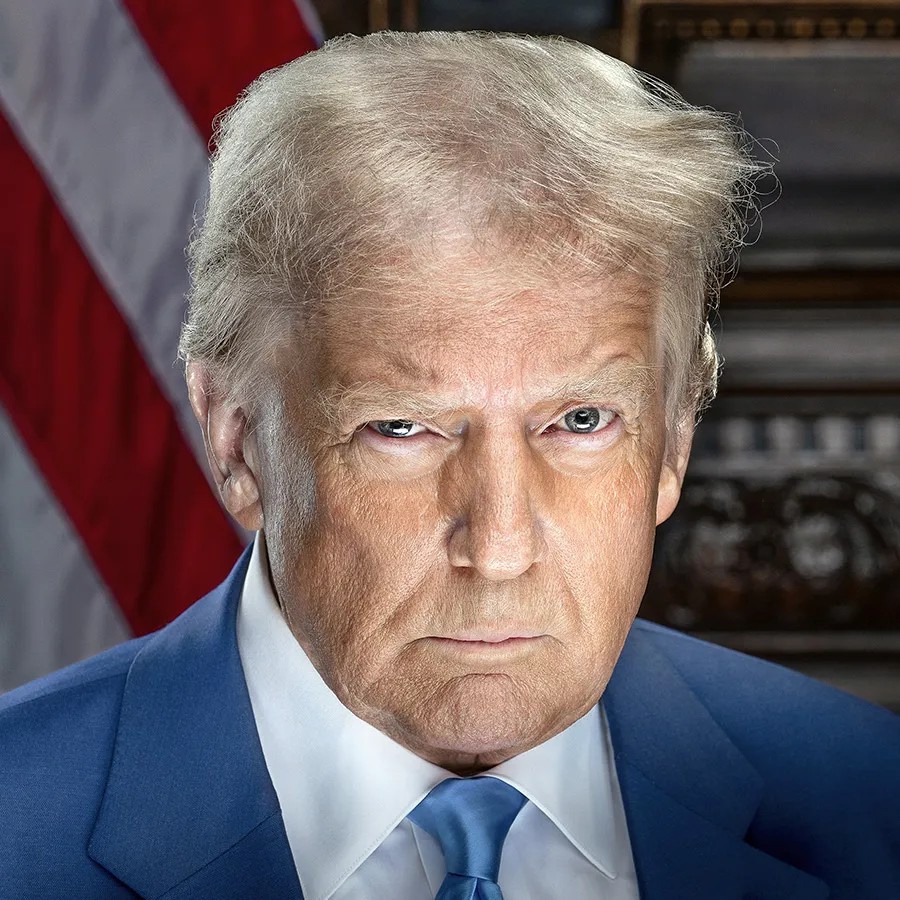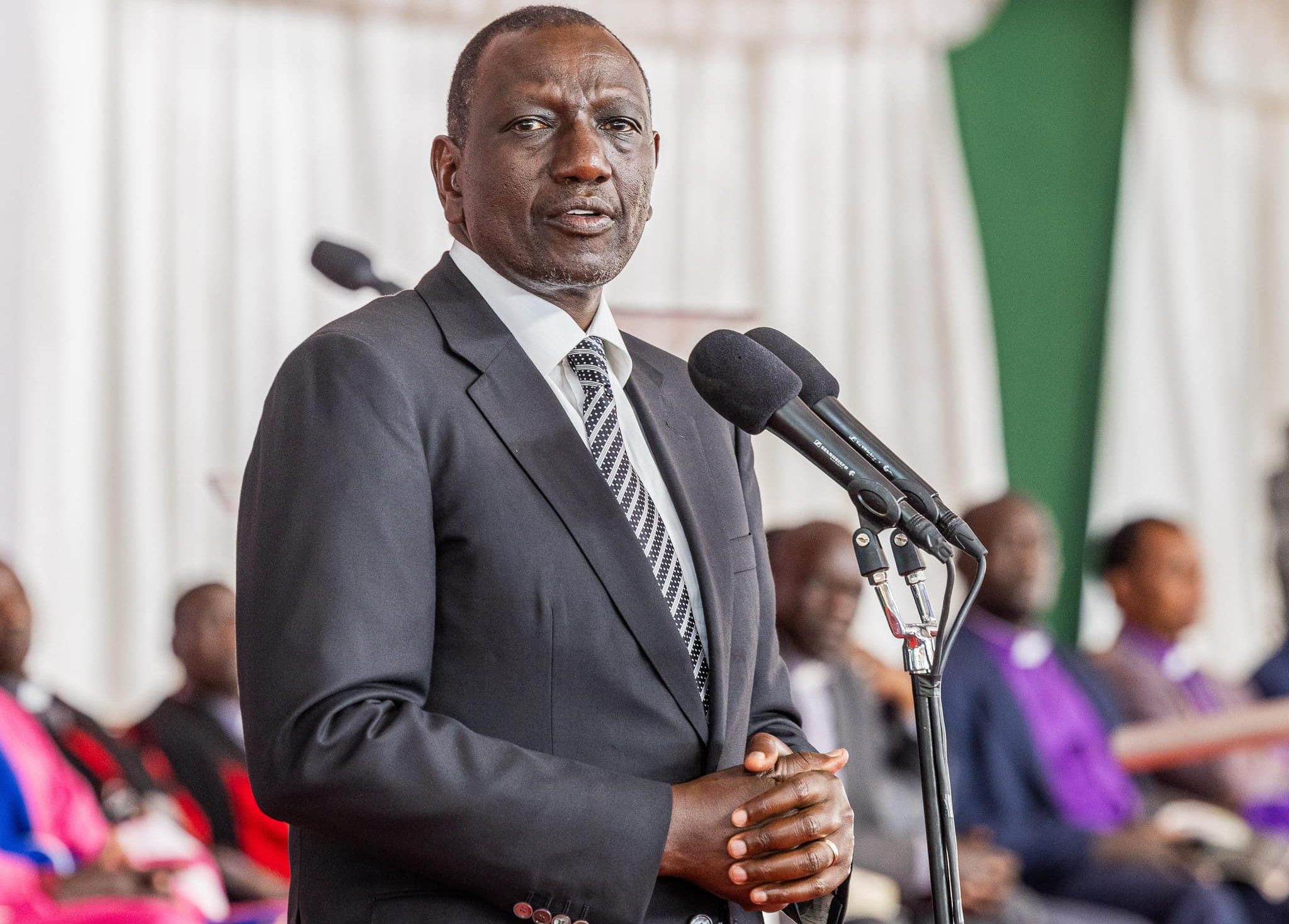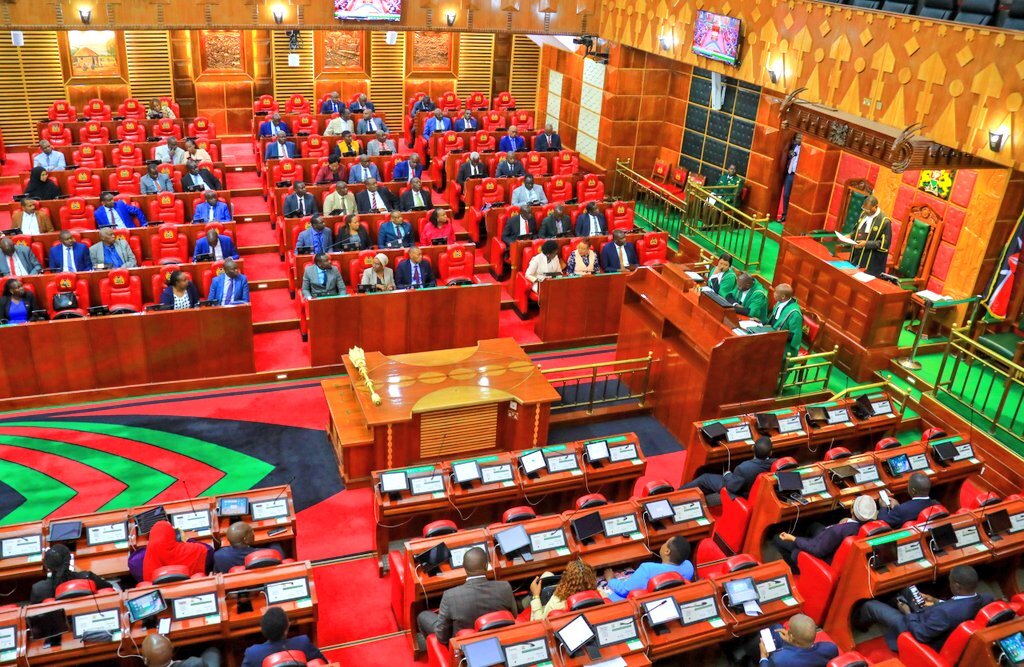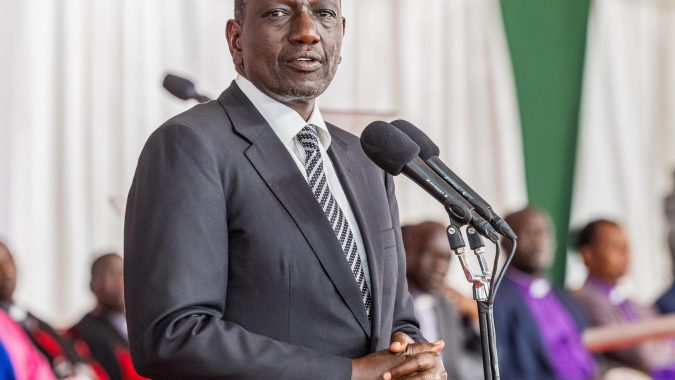US terminates funding for polio, HIV, malaria and nutrition programs around the world

Starting Wednesday, February 26, 2025, afternoon, a wave of emails went out from the State Department in Washington around the world, landing in inboxes for refugee camps, tuberculosis clinics, polio vaccination projects and thousands of other organizations that received crucial funding for lifesaving work.
“This award is being terminated for convenience and the interest of the U.S. government,” they began.
The terse notes ended funding for some 5,800 projects that had been financed by the United States Agency for International Development, indicating that a tumultuous period when the Trump administration said it was freezing projects for ostensible review was over, and that any faint hope American assistance might continue had ended.
Many were projects that had received a waiver from the freeze because the State Department previously identified its work as essential and lifesaving.
“People will die,” said Dr. Catherine Kyobutungi, executive director of the African Population and Health Research Center, “but we will never know, because even the programs to count the dead are cut.”
The projects terminated include HIV treatment programs that had served millions of people, the main malaria control programs in the worst-affected African countries and global efforts to wipe out polio.
Here are some of the projects that The New York Times has confirmed have been canceled:
— A $131 million grant to UNICEF’s polio immunization program, which paid for planning, logistics and delivery of vaccines to millions of children.
— A $90 million contract with the company Chemonics for bed nets, malaria tests and treatments that would have protected 53 million people.
— A project run by FHI 360 that supported community health workers’ efforts to go door-to-door seeking malnourished children in Yemen. It recently found that 1 in 5 children was critically underweight because of the country’s civil war.
— All of the operating costs and 10% of the drug budget of the Global Drug Facility, the World Health Organization’s main supply channel for tuberculosis medications, which last year provided tuberculosis treatment to nearly 3 million people, including 300,000 children.
— HIV care and treatment projects run by the Elizabeth Glaser Pediatric AIDS Foundation that were providing lifesaving medication to 350,000 people in Lesotho, Tanzania and Eswatini, including 10,000 children and 10,000 pregnant women who were receiving care so that they would not transmit the virus to their babies at birth.
— A project in Uganda to trace contacts of people with Ebola, conduct surveillance and bury those who died from the virus.
— A contract to manage and distribute $34 million worth of medical supplies in Kenya, including 2.5 million monthlong HIV treatments, 750,000 HIV tests, 500,000 malaria treatments, 6.5 million malaria tests and 315,000 anti-malaria bed nets.
— Eighty-seven shelters that took care of 33,000 women who were victims of rape and domestic violence in South Africa.
— A project in Congo that operates the only source of water for 250,000 people in camps for displaced people located in the center of the violent conflict in the east of the country.
— Pre- and postnatal health services for 3.9 million children and 5.7 million women in Nepal.
— A project run by Helen Keller Intl in six countries in West Africa that last year provided more than 35 million people with the medicine to prevent and treat neglected tropical diseases, such as trachoma, lymphatic filariasis, schistosomiasis and onchocerciasis.
— A project in Nigeria providing 5.6 million children and 1.7 million women with treatment for severe and acute malnutrition. The termination means 77 health facilities have completely stopped treating children with severe acute malnutrition, putting 60,000 children under age 5 at immediate risk of death.
— A project in Sudan that runs the only operational health clinics in one of the biggest areas of the Kordofan region, cutting off all health services.
— A project serving more than 144,000 people in Bangladesh that provided food for malnourished pregnant women and vitamin A to children.
— A program run by the aid agency PATH, called REACH Malaria, which protected more than 20 million people from the disease. It provided malaria drugs to children at the start of the rainy season in 10 countries in Africa.
— A project run by Plan International that provided drugs and other medical supplies, health care, treatment of malnutrition programming, and water and sanitation for 115,000 displaced or affected by the conflict in northern Ethiopia.
— More than $80 million for UNAIDS, the United Nations agency, which funded work to help countries improve HIV treatment, including data collection and watchdog programs for service delivery.
— The President’s Malaria Initiative program called Evolve, which did mosquito control in 21 countries by methods that include spraying insecticide inside homes (protecting 12.5 million people last year) and treating breeding sites to kill larvae.
— A project providing HIV and tuberculosis treatment to 46,000 people in Uganda, run by the Baylor College of Medicine Children’s Foundation, Uganda.
— Smart4TB, the main research consortium working on prevention, diagnostics and treatment for tuberculosis.
— The Demographic and Health Surveys, a data collection project in 90 countries that were crucial and sometimes the only sources of information on maternal and child health and mortality, nutrition, reproductive health and HIV infections, among many other health indicators. The project was also the bedrock of budgets and planning.
This article originally appeared in The New York Times.













